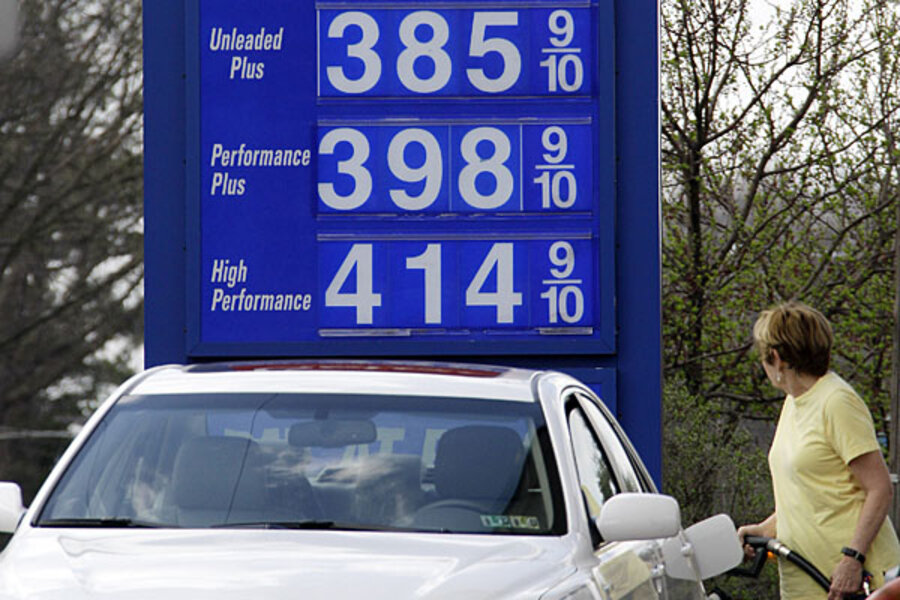Is your car's gas-mileage gauge overstated?
Loading...
It's one of the most common questions asked of any new car: "So what kind of gas mileage does it get?"
The answer most often comes from the car's gas-mileage readout on the dashboard, generally specified to the tenths of a mile per gallon.
But as Edmunds determined, those readings vary considerably in accuracy.
5 percent too high
A recent article in The Detroit News notes that the readouts are about 5 percent too optimistic in most vehicles.
But some are worse than others: Edmunds tested the old 2010 Ford Escape Hybrid and found its digital reading to be 19 percent overstated.
Similarly, a 2009 Volkswagen Jetta TDI diesel was 15 percent too high--possibly contributing to owners' experiences of diesel Jettas overachieving on their EPA fuel-efficiency ratings.
The only truly reliable way to ascertain a car's gas mileage is to test it over a sufficient number of miles that the tank can be all but drained several times.
Six or eight full tanks, at perhaps 300 or 350 miles apiece, means accumulating 1,800 to 2,800 miles on the car.
Ideally, it's filled at the same gas pump every time, at the same time of day--and each different car that's tested is run over a similar mix of city, suburban, and highway driving.
One weekend not enough
For many outlets that road-test new cars, including Green Car Reports, it's often not possible to keep the car that long or put that many miles on it.
Instead, we usually test a car over a long weekend, covering 300 or more miles in roughly the same mix: two-thirds highway (to get out of the city) and then one-third local duty, comprised of city and suburban errands, shopping, and so forth.
Over more than 100 cars, we've found that most vehicles fall roughly in line with their EPA combined ratings.
There are exceptions, though: The Mazda CX-5 and Mazda 3 with SkyActiv engines that we tested both handily exceeded their EPA ratings.
On the other side of the scale--as has by nowbeen widely documented--the Ford C-Max Hybrid didn't achieve real-world mileage anywhere near its 47-mpg EPA rating.
Last month, Ford lowered that rating to 43 mpg, and said it would pay existing 2013 C-Max Hybrid owners for the difference in gas costs. Most C-Max owners seem to come in at 36 to 42 mpg.
Best buy: less car than before
In the end, we'd suggest that the best way to maximize your gas mileage is to buy the smallest vehicle that meets most of your needs.
Think carefully about whether it may be cheaper overall to rent a larger vehicle for the one or two times a year you need it, rather than buying a car that will do absolutely anything you may need.
After that, drive gently and conservatively--and think about combining trips, doubling up with friends, neighbors, or coworkers; and otherwise trying to use your car only when necessary.
By all means, pay attention to the digital gas-mileage gauge. Just don't take it as the literal truth.







